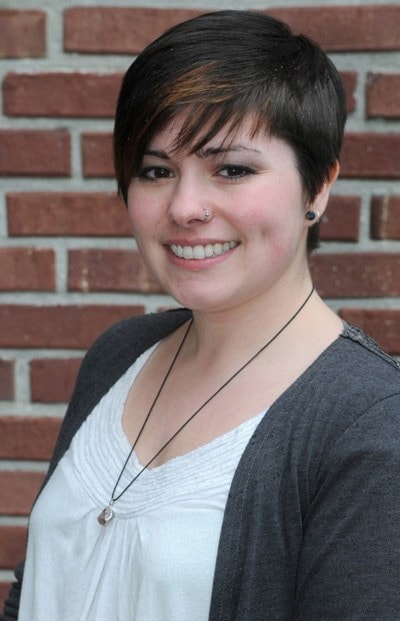I once got into an argument with a teacher in kindergarten about the correct spelling of my name.
My mother had lovingly taught me how to shape the letters all in important capitals, and when the teacher told me D-A-N-I was not, in fact, how one scribes a name, and that lower case was the proper format, I paid little attention — at least for a while.
Over time, convention (or perhaps my mother’s insistence that, yes, the teacher was being truthful) convinced me to slowly accept the lowercase alphabet. But sometimes, just for spite, the fiery five-year-old in me still scrawls out that CAPITAL signature in bold, possessive letters.
I shouldn’t have been so surprised, then, that a little thrill shot through my stomach last week when the WSÁNEC First Nations wrote to the B.C.’s Geographic Names Office to officially request the restoration of the indigenous name PKOLS to the promontory of land we currently dub as Mount Doug. And with a day of action having taken indigenous and non-indigenous residents for a march to the summit on May 22, it’s clear there are more than a few who feel the weight of a chosen moniker.
It isn’t always easy standing for change, though. Surely, some people will look at PKOLS — pronounced “p’cawls,” not “pickles” — and tilt their heads in confusion, trying to see if a stray vowel may have fallen from the sign. But the word, which can be translated as “White Rock” or “White Head,” reflects a lot more than convention: it stems from the Indigenous oral history of the area. Stories of PKOLS, I’m told, go back to nearly the beginning of time for the WSÁNEC (Saanich) people. Historically, it has been an important meeting place, and geological findings indicate that it was the last place glaciers receded from the southern Island.
“This is something that our elders have been calling for, for many, many years — to bring back the names we have always used to where they belong,” says WSÁNEC First Nations hereditary chief WEC’KINEM (Eric Pelkey).
Mount Douglas has become an institution of local enjoyment to college students and athletes, geologists and tourists, but the land also marks a moment in history when, as Pelkey tells, James Douglas and his men met with WSÁNEC chiefs at the summit to discuss a treaty between the local peoples and the newcomers. Outnumbered by WSÁNEC warriors, Douglas offered blankets and money, and the eventual signing of the Douglas Treaty was understood to be a promise that the WSÁNEC people would not be interfered with. A promise, Pelkey says, that has since been broken.
Luckily, with over 25 organizations and figureheads standing beside the request — like AIDS Vancouver Island, Greenpeace, the Sierra Club of B.C., University of Victoria Indigenous Governance Program, Victoria Idle No More and others — a new promise could be made. And though that promise might look more symbolic than anything, there’s a lot of power in those capitals. M
